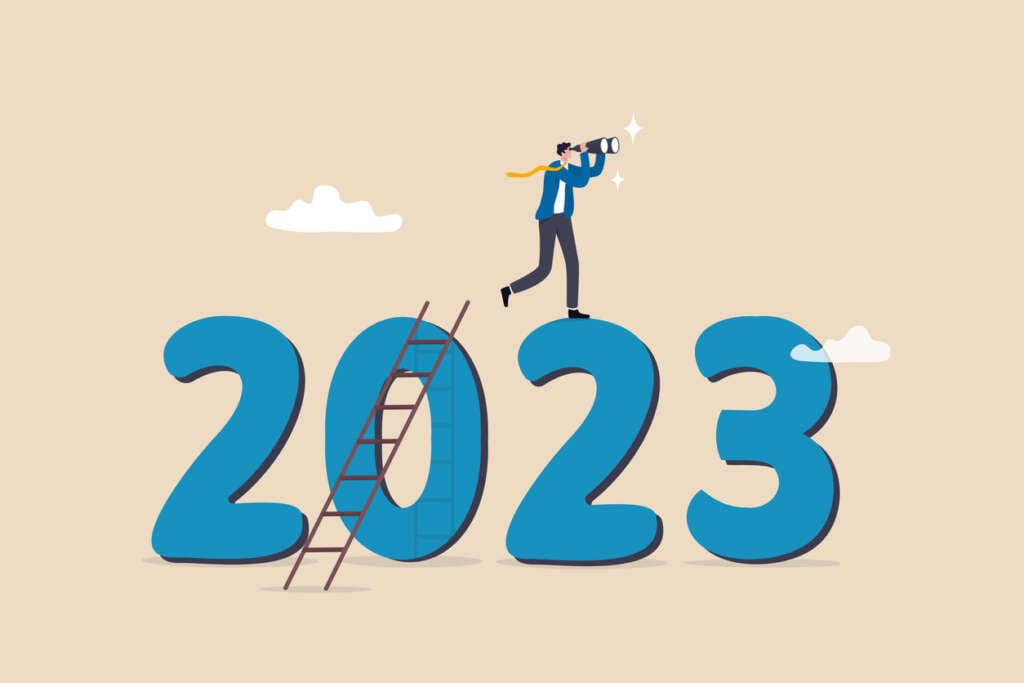

By Kevin Hanegan, Chief Learning Officer, Qlik & Chair, Data Literacy Project Advisory Board
As part of our New Year’s resolutions, we all have habits we wish we could eliminate, just as there are others we’d like to establish. It might be swapping a tendency for procrastination for productivity after lunch, exchanging nightly ‘doom scrolling’ for a book before bed, or going to the gym rather than watching the motivational clips that tell you to do so. Whatever it is, we know at the back of our minds there is often a better or aspirational way of doing things. But there is a reason so many resolutions fail; we often aren’t aware just how ingrained the unwanted habits are, which makes it harder to learn new ones. Replacing them requires a conscious commitment to change.
Developing professional skills is just the same. Whether acquiring a specific certification or developing less tangible (but no less important) attributes, we need to deliberately learn and make clear plans for acquiring new skills – it’s important to be proactive, not passive.
In the world of tech and data, this mantra is even more fundamental. If society and business are evolving quickly, it’s because innovation is driving it, meaning digital skills can become obsolete almost as soon as they have been learned. Continuous learning is something of a prerequisite for most job roles, but is even more essential when technology is involved. The art of ‘learning your craft’ and applying it well still holds some sway, but adaptability is the name of the game when it comes to data skills.
It’s time to learn how to unlearn
But if we revisit the notion of committing to change, note that change is a two-way street. Developing professional skills, particularly in a fast-moving world such as data, doesn’t necessarily mean adding new skills indefinitely to build the biggest portfolio possible. It’s just as important to unlearn redundant ones.
It might seem counterintuitive to deliberately remove skills, but no one has infinite capacity to develop new ones while maintaining high standards of performance elsewhere. What’s more, the new can sometimes conflict with, if not outright contradict, the old. In times of stress, particularly if new skills haven’t fully become habits, it’s easy to fall back on previous, outdated but familiar, ways of working.
Unlearning is core to data literacy
In a professional context, data literacy is one of the most important areas to learn and unlearn skills quickly. Again, this might seem counterintuitive. After all, data is primarily made up of facts and numbers – while we certainly need to learn how to use new tools to better access and derive insights from data, surely once we have achieved a level of data literacy, we are equipped to understand and use data effectively.
Unfortunately, even for seasoned data practitioners, it’s more complicated than that. New data sources are being created and integrated into businesses all the time, with their own patterns and behaviors that require learning. Existing data sources also evolve, showing new trends or losing importance altogether. Where does unlearning come in? If we assign the same status to new sources or ignore what they show us because they don’t conform with what we’ve come to expect, those observing it will miss new opportunities and threats.
Ultimately, data literacy is a constant process of learning and unlearning, of putting aside assumptions while still applying our experience and understanding to get to the heart of what data tells us. So how do you learn how to unlearn?
Three steps to unlearning
Broadly speaking, there are three steps to unlearning:
- Know when it’s time to unlearn: Be conscious of whenever something we’ve learnt no longer applies. Sometimes that’s easy – there might be a tangible rule change. Typically, it’s more challenging than this, as many skills (like habits) become unconscious. In data literacy, that means having a process in place that can highlight when something isn’t working.
- Learn independently: If the need to change has been identified, we first need to acquire the new skill. But it needs to be done independently from the existing approach. Acquiring a new skill is a fragile process and lacks the body of evidence that established capabilities have to prove value, so can’t overlap with current skills – just as outdated and updated ways of looking at data shouldn’t be used simultaneously. This is crucial to unlearning the previous skill.
- Break the habit then make it again: To truly master a skill, it needs to become second nature so it can be deployed unconsciously, even when under pressure. However, that’s not easy if experienced team members used to doing things a certain way are influencing those around them. Less experienced colleagues might follow their lead as best practice, even if there is a more productive solution trying to be instilled by leadership. It could be beneficial to allow them time to make new habits without being impacted by experienced colleagues who might find change more difficult
All organizations need their employees to have the skills to thrive in the future of work, and data literacy is a key foundation on which they should be built. But even the capabilities at the cutting edge need to be replaced at some point. After all, it’s all very well becoming an expert in a particular field, but sometimes, the field itself changes. So, if professional skill development is part of your New Year’s resolutions, consider what current experience needs to be acknowledged or forgotten, before you build new skills and challenge yourself accordingly to avoid falling back into old habits.


